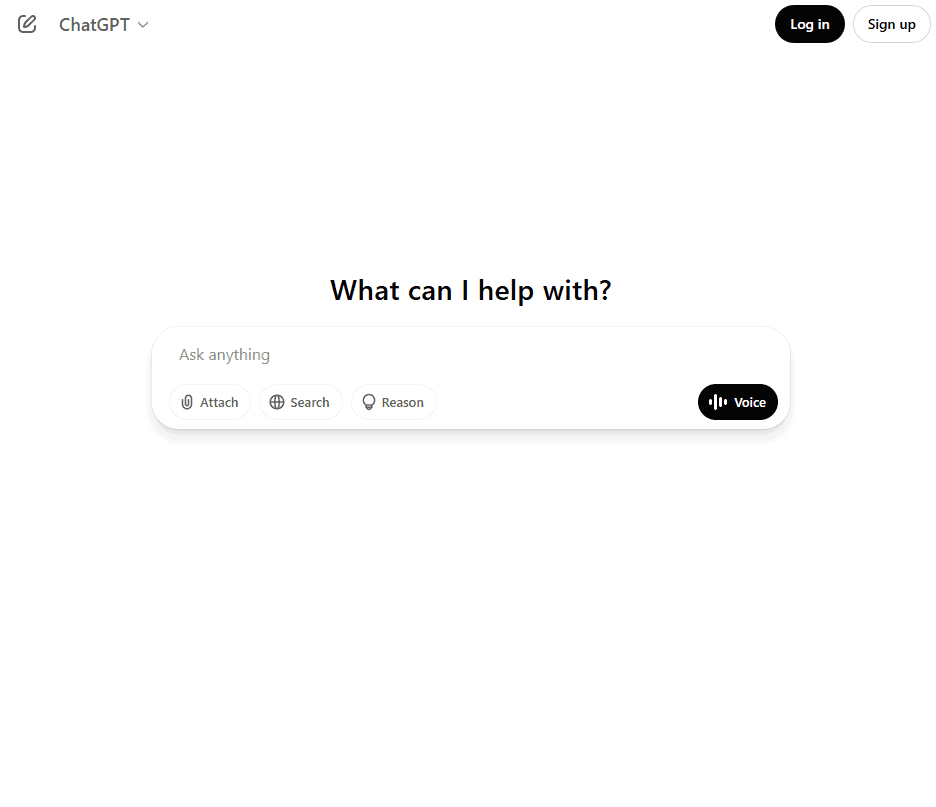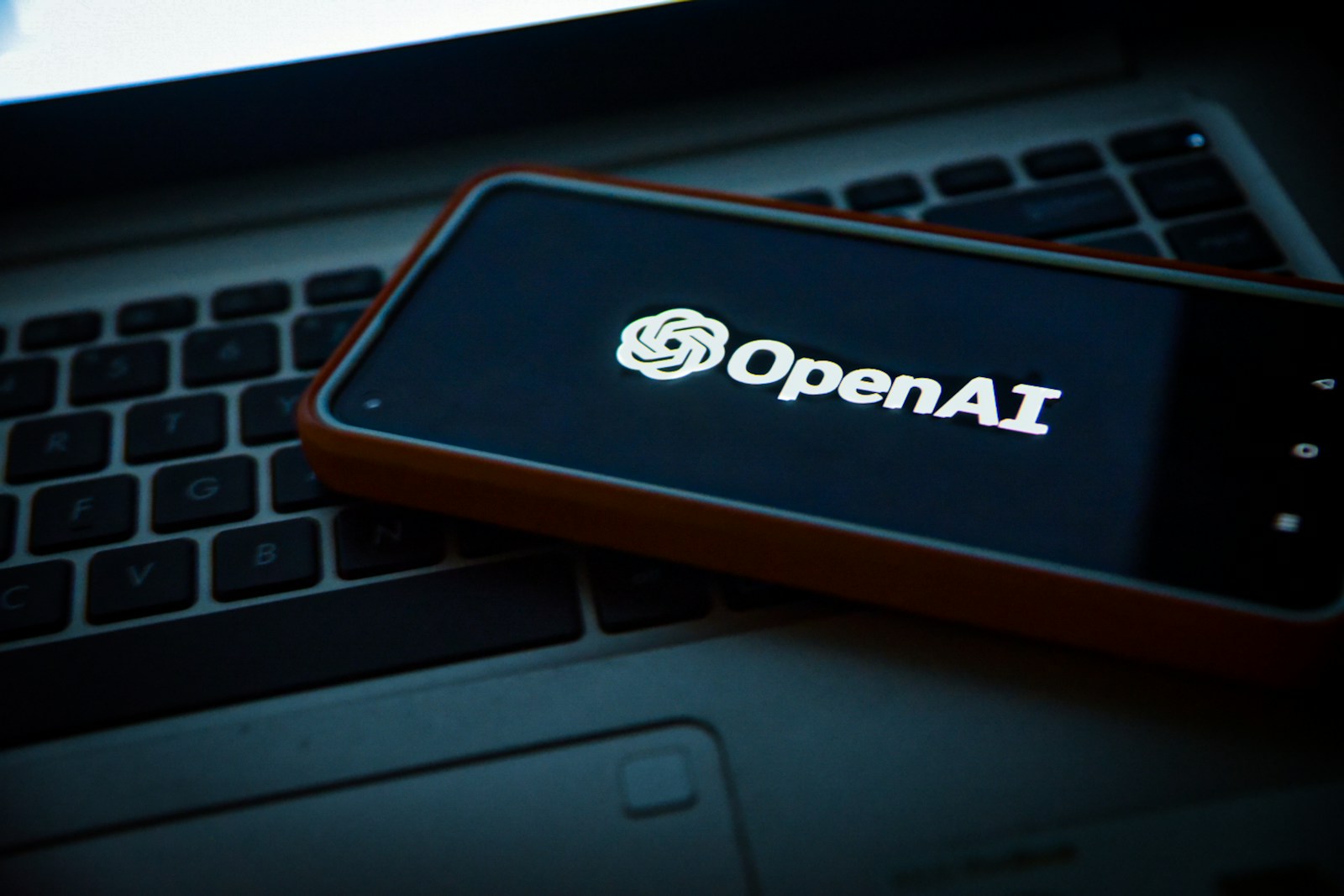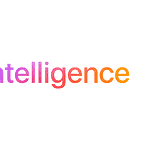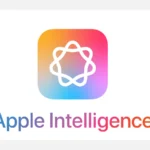OpenAI is reportedly working on a bold new project that could transform the social media landscape: its own AI-powered social network. The company, best known for ChatGPT, is said to be exploring a platform that could rival X (formerly Twitter) and Instagram—marking a dramatic expansion of its public-facing offerings. The rumored network could be tied to the recently acquired domain Chat.com, a branding move that hints at a wider consumer push.
A Social Feed Powered by AI
Insiders say OpenAI has already developed an internal prototype featuring a social feed integrated with ChatGPT’s image generation capabilities. While the final form of the project is still under discussion, the current version reportedly allows users to generate content with AI and share it in a community-style feed—blending creation, conversation, and discovery in one place. Whether it debuts as a standalone app or becomes part of the existing ChatGPT interface remains to be seen.

This kind of AI-centric platform could change the game in how people share content. Imagine a social network where users can not only post thoughts or photos but also instantly generate memes, artwork, or written content through GPT-4 or DALL·E. The goal seems to be more than just connection—it’s about accelerating creativity.
Timing and Tensions
The news comes amid rising tensions between OpenAI and Elon Musk, who was a co-founder of the company but has since distanced himself and launched a rival AI company, xAI. Musk is also the owner of X, the platform most directly in OpenAI’s sights with this potential launch. If OpenAI moves forward, the move could escalate a competitive clash between two of the most high-profile names in tech.
Musk has been openly critical of OpenAI’s direction and its partnership with Microsoft. Meanwhile, OpenAI has been rapidly expanding its product ecosystem—from plugins and custom GPTs to partnerships with Apple and other device makers. Adding a social platform could give OpenAI a direct line to user-generated content, which is a vital ingredient for training better AI models.
The Strategic Importance of Chat.com
In November 2024, OpenAI quietly acquired the domain Chat.com—a highly desirable and premium web address. Today, it redirects users to ChatGPT, but insiders suggest the domain could be repurposed or expanded into a new hub for a broader suite of AI experiences. With such a strong, brandable name, Chat.com could serve as the front door to OpenAI’s consumer ecosystem, possibly anchoring the new social platform.
It’s a move that would mirror what other big players have done: Meta created Threads as a response to X, while startups like Bluesky and Nostr emerged with decentralized ambitions. But OpenAI’s play is different—it’s not about building another clone. It’s about redefining what a social network can be in the age of generative AI.
How It Could Change Social Media
If OpenAI follows through with this vision, expect features like:
- AI-assisted content generation (text, art, video)
- Smart comment summarization and moderation
- Real-time chatbot interactions in social threads
- Personalized AI feeds trained on your preferences
- AI-driven collaboration tools for creators
OpenAI already has a head start. ChatGPT has become one of the most downloaded and used apps globally, attracting millions of users every day. Tapping into that momentum, the company could leapfrog the cold start most social platforms face and quickly establish a foothold—especially if the platform is integrated seamlessly into existing AI workflows.
This isn’t just about launching a new app. It’s about changing how we interact online—where AI isn’t just in the background, but is part of the conversation itself.
Whether OpenAI decides to pull the trigger on a public release remains uncertain, but one thing is clear: the social media world is watching closely.
Key Takeaways
- OpenAI is developing a social network that may connect to Chat.com or integrate with the ChatGPT app.
- The platform will likely feature AI-generated images and a social feed to compete with X and Instagram.
- This marks OpenAI’s first major step into social media, potentially changing how users interact with AI online.
OpenAI’s Foray into Social Networking
OpenAI appears to be expanding beyond AI tools into social media with its recent acquisition of the Chat.com domain. This strategic move signals potential plans to create a ChatGPT-powered social platform that could reshape how people connect online.
Strategic Expansion of OpenAI
OpenAI has made a significant move by purchasing the Chat.com domain, which was originally registered in 1996. This acquisition hints at the company’s ambition to grow beyond AI research and tools into social networking.
The timing is interesting. With Elon Musk and investors offering $97.4 billion for control of OpenAI earlier this year, the company seems determined to establish new revenue streams and expand its market presence.
Industry experts suggest that OpenAI’s social network could create a more direct relationship with users. Currently, most people access ChatGPT through other platforms or the official website.
A dedicated social platform would give OpenAI valuable user data and engagement metrics. This would help improve their AI models while creating new monetization opportunities.
The Role of ChatGPT in Social Networking
ChatGPT would likely be the centerpiece of OpenAI’s social network. The AI chatbot has already proven its versatility through various applications and could transform social interactions online.
Recent updates to ChatGPT include:
- Advanced image generation capabilities
- More natural conversation flows
- Better context retention
- Improved integration with other services
The chatbot recently went viral again when users discovered they could remake photos in Studio Ghibli style. This kind of creative engagement shows how AI could enhance social networking.
ChatGPT could serve as both a content creation tool and an interactive element within the platform. Users might interact with AI-generated content or use the AI to enhance their own posts.
Implications for AI and Social Media
A ChatGPT-powered social network would blur the line between AI tools and social platforms. This could fundamentally change how people think about social media.
Traditional social networks focus on human-to-human interaction. OpenAI’s platform might introduce a hybrid model where AI participates in conversations alongside humans.
Some potential features might include:
- AI-suggested responses
- Automatic content moderation
- Personalized content feeds
- Translation services
- Creative tools for image and text generation
Privacy concerns will likely arise as users consider the implications of an AI company handling social data. OpenAI would need to address how user information trains their models.
Competition from established social platforms will be fierce. Facebook, Twitter, and others may respond by enhancing their own AI capabilities to avoid losing users.
Potential Impacts and Considerations
OpenAI’s possible venture into social networking through Chat.com raises several important questions about how we interact with AI and each other online. The intersection of artificial intelligence and social media could reshape digital relationships in unprecedented ways.
Addressing Vulnerability and Dependence
Users might develop strong emotional connections to AI-powered social platforms. This attachment can create new forms of digital dependency that differ from traditional social media. When people share personal struggles with AI, they may feel understood without judgment, which can be both helpful and problematic.
Research has shown that some ChatGPT “power users” report increased feelings of loneliness and social isolation despite frequent AI interactions. This paradox highlights concerns about an OpenAI social network.
The platform could create a false sense of connection, where users prefer AI interactions over human ones. This shift might happen gradually as the AI becomes more personalized and responsive to emotional needs.
Companies and individuals might need to set boundaries for healthy AI social engagement. Features like usage timers or reality checks could help users maintain perspective on their AI relationships.
Power Users and Public Figures
An OpenAI social network would likely attract different user segments with varied motivations:
Power Users:
- Early adopters who integrate AI deeply into daily routines
- Content creators seeking AI collaboration tools
- Technical professionals testing and pushing platform capabilities
Public Figures:
- Celebrities using AI to manage fan engagement at scale
- Politicians leveraging the platform for constituent communication
- Thought leaders exploring new forms of content distribution
The presence of high-profile users could significantly influence platform norms and features. Public figure engagement might create new challenges around authenticity and transparency in AI-assisted communication.
The platform could open up genAI opportunities for influential users while also raising questions about content ownership and originality.
Mental Health in the Age of AI-Driven Platforms
The psychological impact of AI-enhanced social networking deserves careful consideration. Users might find comfort in AI companionship, but this could also mask underlying mental health issues that require human intervention.
AI chatbots like ChatGPT can provide a listening ear, but they aren’t equipped to replace professional mental healthcare. OpenAI would need clear policies about their role and limitations in supporting user mental wellbeing.
Constant AI interaction could affect:
- Self-perception and identity formation
- Emotional regulation abilities
- Interpersonal communication skills
The potential polarization effects of AI systems must also be addressed. Without careful design, AI-driven social networks might reinforce users’ existing views rather than encouraging diverse perspectives.
OpenAI would need to balance personalization with exposure to varied viewpoints. Regular assessment of how the platform affects user mental health would be essential for responsible development.
Frequently Asked Questions
OpenAI’s potential social network connected to Chat.com raises important questions about ethics, features, competition, privacy, partnerships, and future AI development in social communication.
What are the potential ethical implications of OpenAI’s rumored social network platform?
The ethical implications of an OpenAI social network would be far-reaching. User data protection might face unique challenges when combined with AI learning systems.
Content moderation would likely use AI tools to spot harmful posts faster than human-only teams. This could reduce exposure to dangerous content but might raise concerns about machine-based censorship.
The platform could also face questions about AI-generated content and how it’s labeled. Users would need clear indications of when they’re interacting with AI versus humans.
How might OpenAI’s experience in artificial intelligence shape the features of its purported social network?
OpenAI could create personalized feeds based on user interests that go beyond current algorithms. Their advanced language models might power smarter content recommendations.
AI assistants could help users draft posts, suggest responses, or summarize long conversations. These tools might make social networking more accessible to people with different writing abilities.
Content translation could happen in real-time, breaking down language barriers between users worldwide. This would create truly global conversations.
What unique selling points could an OpenAI-owned social network offer compared to established competitors?
An OpenAI social network might offer AI-powered content creation tools not available elsewhere. Users could generate images, videos, or text with simple prompts.
The platform could feature AI conversation partners that feel natural and responsive. These digital companions might create new forms of social interaction.
Content verification tools could automatically fact-check posts. This would help fight misinformation in ways traditional platforms haven’t mastered.
What safeguards could OpenAI implement to address privacy concerns on its speculated social media site?
OpenAI could build privacy controls that let users decide exactly how their data trains AI models. This would give people more say in how their information is used.
The platform might offer “AI-free zones” where conversations happen without algorithmic intervention. These spaces would provide more natural interaction.
Regular privacy audits by independent experts could ensure the platform maintains high standards. Publishing these results would build trust with users.
In what ways could the rumored partnership between OpenAI and Chat.com impact the social media landscape?
The acquisition of Chat.com signals serious intent to enter the social space. This premium domain name gives OpenAI immediate brand recognition.
Existing platforms might rush to improve their AI features to compete. This could spark an innovation race benefiting users across all networks.
New standards for AI integration in social media could emerge from this partnership. OpenAI’s approach might become the benchmark others follow.
How could OpenAI’s rumored social network influence the future development of AI-powered communication platforms?
OpenAI’s social network could test new models of human-AI collaboration at scale. Features like Operator suggest the company is already exploring advanced AI assistants.
The platform might pioneer better ways to identify AI-generated content. This would help address growing concerns about fake media.
Success could encourage more AI companies to build direct consumer products. This shift would change how new AI advances reach the public.







